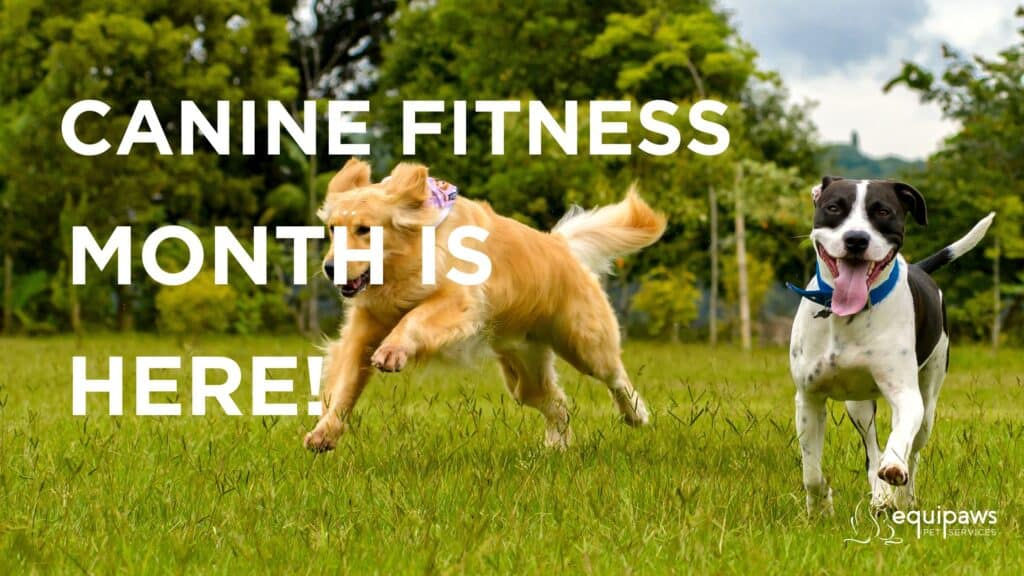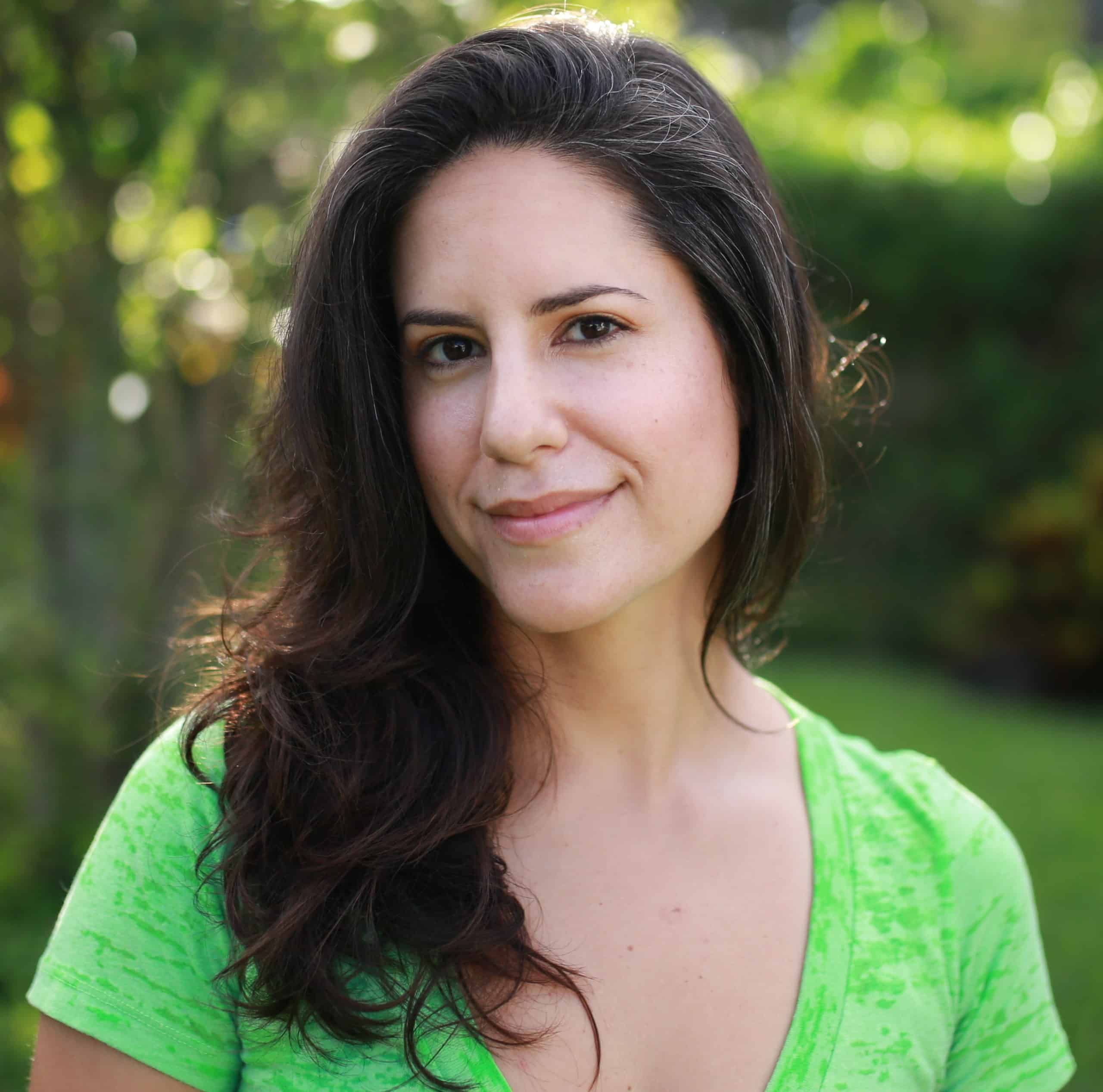
Dog walkers know that canine fitness is a critical aspect of a dog’s physical and mental health and well-being. Dogs of all ages require regular exercise and physical activity to maintain good health, keep a healthy weight, and prevent chronic diseases. Canine Fitness Month is celebrated in April each year to bring awareness to the importance of exercise and fitness for dogs.
The ideal fitness plan varies according to a dog’s age, weight, and level of health. Dog walking schedules for puppies, young dogs, adult dogs, and seniors will all look different. We will give an overview of best practices for each age range and also provide links to helpful resources to help you learn about dog fitness and exercise.
How long should puppies exercise? It depends!
Puppies are full of energy and require plenty of exercise and playtime to stay healthy and happy. However, it’s important to remember that puppies’ delicate bones and joints are still developing, so their exercise and canine fitness routine should respect that.
Most importantly, you will need to take your puppy’s breed and age into account. Very young puppies can play for shorter bursts (with plenty of naps!) than a 6- or 9-month-old puppy. A French Bulldog with a shorter nose will tolerate less playtime outdoors than a Goldendoodle. A Belgian Malinois will need a lot more exercise than a teacup Yorkie (although we’ve cared for some firecracker Yorkies!). Some say a rule of thumb is to let your puppy play 5 minutes per month of age. Your best bet is to talk to your veterinarian about your puppies’ playtime and observe their individual needs. Remember that overall, playtime should include supervised gentle walks, training, playing fetch, and interactive games, typically at the intensity they’d enjoy with other puppies… followed by naps!
For more information on puppy exercise, check out these resources:
- Puppy Exercise: How Much is Too Much? (AKC)
- How Much Exercise Is Too Much for Your Puppy? (Vetstreet)
How to exercise young dogs.
Young dogs are energetic and require plenty of physical activity and exercise to keep them in shape, especially with sporting breeds. The time to establish good exercise habits that will benefit them is now (although you started them along the path at younger ages!). Young dogs should have at least 30 minutes to an hour of physical activity daily. This can include brisk walks, jogging, hiking, and playtime, as long as they are approved by your vet.
It’s important to remember that young dogs are still developing, so high-impact activities such as agility, jumping, and running on hard surfaces should be avoided, especially for larger dogs whose joints take longer to mature. Instead, focus on low-impact activities that are easy on their joints.
For more information on exercising young dogs, check out these resources:
- Exercising Your Young Dog (The Spruce Pets)
- Exercise for Young Dogs (PetMD)
Helping adult dogs exercise right
Adult dogs require regular exercise to maintain their health and prevent obesity. Dogs who don’t exercise regularly risk developing health problems such as diabetes, heart disease, and joint problems, especially if you overfeed them. (Did you know between 20 and 40 percent of all dogs seen by veterinarians in the United States are considered overweight, and many are clinically obese?). Adult dogs should have at least 30 minutes to an hour of physical activity daily. This can include brisk walks, jogging, hiking, and playtime.
It’s essential to adjust your dog’s exercise routine based on its breed, size, and health status. Short-nosed breeds like French Bulldogs and Boston Terriers have trouble with the Miami heat and humidity. Smaller dogs might tire out more quickly on longer walks. Some breeds, like your Belgian Malinois or Border Collies, require more exercise and training than others, while dogs with health problems may require a modified exercise routine. For example, overweight dogs must be eased into exercise to protect their joints. Senior dogs need to be protected from heat exposure.
For more information on exercising adult dogs, check out these resources:
- How Much Exercise Does a Dog Need Every Day? (AKC)
- Exercise and Your Dog’s Health (VCA Animal Hospitals)
Walking beautiful senior dogs properly
We have a soft spot for senior dogs… They require regular exercise to maintain their health and mobility, but care must be taken to accommodate their aging bodies. Low-impact activities such as short walks, swimming, and gentle playtime are ideal for senior dogs.
It’s essential to monitor your senior dog’s health and adjust its exercise routine accordingly. Dogs with arthritis, heart disease, or other health problems may require a modified exercise routine. Your veterinarian will be your first resource in your dog’s health journey.
For more information on exercising senior dogs, check out these resources:
Canine fitness is vital for dogs of all ages. You can help your pups have good health their whole lives, from puppyhood to their golden senior years, and prevent chronic diseases by creating good exercise habits early on. Remember to adjust your dog’s exercise routine based on their age, breed, size, and health status, and always consult with your veterinarian when you bring a new dog home or decide to change your dog’s exercise routine significantly.

A founding member of the Equipaws family, Frankie can mostly be found working behind the scenes, helping co-create online branding, managing several social media accounts, designing brand collateral, writing copy, and managing events. She also fills in for pet sitters and dog walkers when needed in Palmetto Bay, Pinecrest, and South Miami. Her own small pack consists of Boots the Shih Tzu mix and Nutmeg the Chiweenie.

